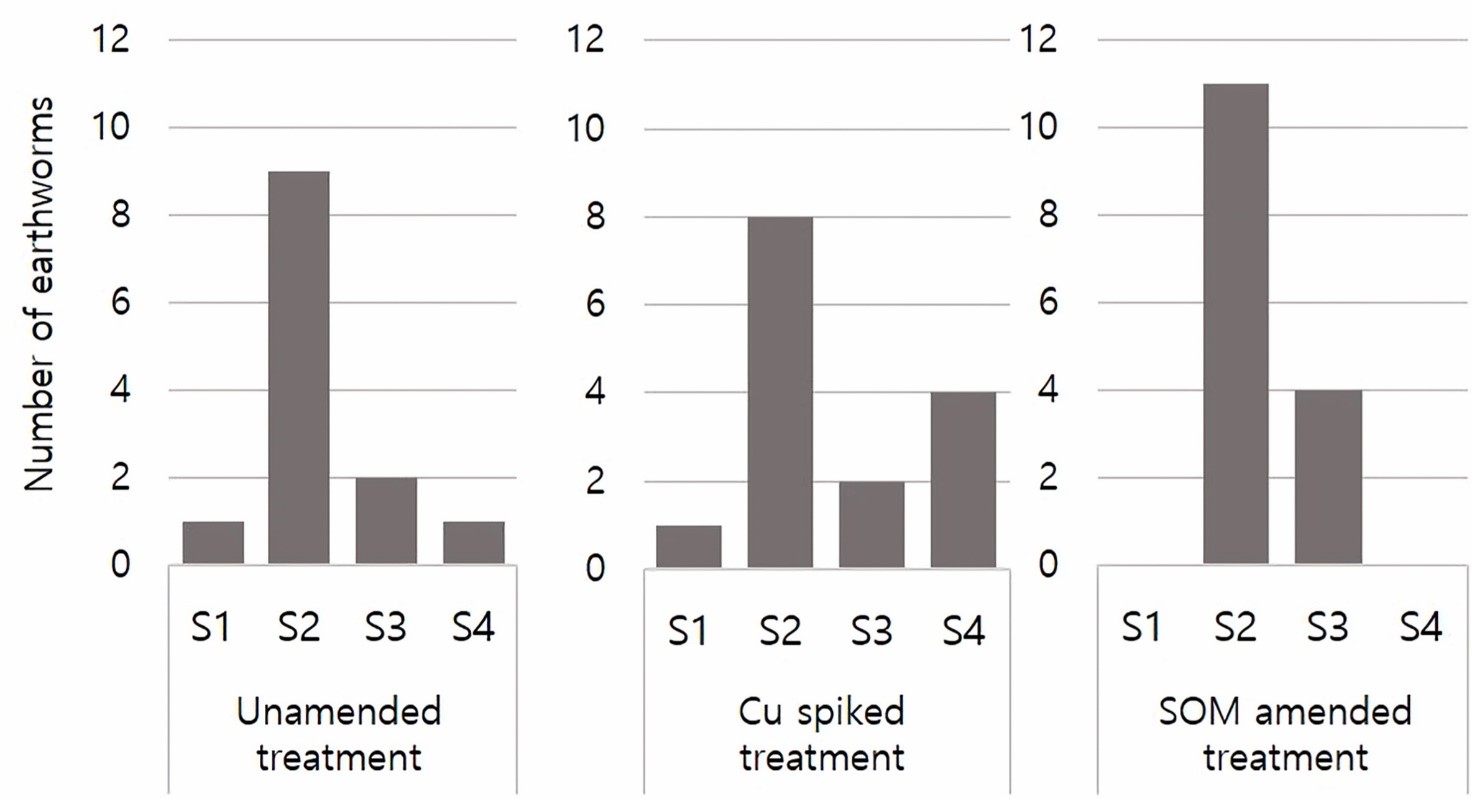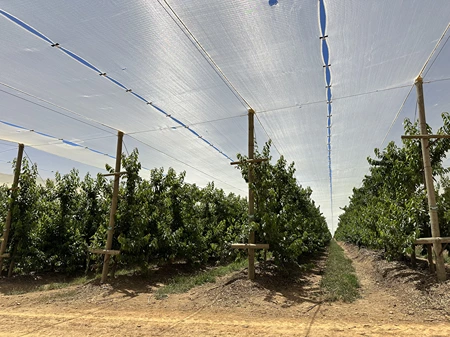Copper, widely used as a fungicide and bactericide in agriculture, exhibits a dual nature: on one hand, it is an essential element for plant protection; on the other, it poses a threat to soil health.
A recent study conducted in cherry orchard soils in New Zealand analyzed in detail the effects of increasing copper concentrations (7-263 mg/kg) on three key biological indicators: earthworm behavior, soil respiration, and root growth. The main goal of the study was to determine whether soil organic matter (SOM) could mitigate the toxic effects of copper.
The results demonstrated that while SOM effectively reduces the bioavailability and toxicity of copper, its buffering capacity is limited and unsustainable over the long term.
Copper accumulation in soils occurs primarily through leaching by rainfall, the fall of plant debris, and dispersion via spray drift, causing a range of negative effects on soil health. These include reduced microbial respiration, compromised root development, and adverse impacts on earthworm behavior. However, soils with higher organic matter levels showed greater resistance to the toxic effects of copper, highlighting the crucial role of organic matter in safeguarding soil health.
 Image 1: Methodology outline using four soils (S1-S4) amended using copper (Cu) and organic matter (SOM).
Image 1: Methodology outline using four soils (S1-S4) amended using copper (Cu) and organic matter (SOM).
Behavioral tests on earthworms revealed a clear preference for soils with medium copper content (160 mg/kg) and high organic matter (12%). This suggests that soil organic matter can partially mitigate the negative effects of copper, protecting the organisms present in the soil. Similarly, soil respiration remained within normal levels in the presence of SOM at 9-15%, even with additional copper. In contrast, copper concentrations exceeding 200 mg/kg resulted in a significant decline in microbial respiration, demonstrating a threshold for the tolerance of soil biological systems.
Root growth was also influenced by copper concentrations and soil organic matter levels. Plant roots exhibited a clear tendency to avoid soils with high copper levels and to grow toward areas with greater availability of nutrients and organic matter. However, extreme copper concentrations (263 mg/kg) drastically limited root growth, impairing plants' ability to access essential nutrients for development.
The study underscores the need for a balanced and integrated approach to managing copper in agricultural soils. This approach should include practices that increase organic matter levels to mitigate associated risks. However, relying solely on the buffering capacity of SOM cannot be considered a sustainable long-term solution. Continuous copper accumulation, combined with its slow natural dissipation, poses a persistent threat to the ecological sustainability of agricultural production.
 Image 2: Earthworm preference test after 14 days of exposure of 15 earthworms simultaneously to four unamended and amended soils in the choice chambers (n = 5). In the SOM-amended and Cu-spiked soils, SOM was adjusted to 12 % (matching S2) and Cu concentrations were adjusted to 263 mg kg−1 (matching S1).
Image 2: Earthworm preference test after 14 days of exposure of 15 earthworms simultaneously to four unamended and amended soils in the choice chambers (n = 5). In the SOM-amended and Cu-spiked soils, SOM was adjusted to 12 % (matching S2) and Cu concentrations were adjusted to 263 mg kg−1 (matching S1).
The research also highlights the urgency of developing effective alternatives to copper for controlling agricultural pathogens. Potential solutions include adopting agroecological practices and introducing new biological control agents capable of reducing the negative impact on soil organisms.
Ultimately, a delicate balance is needed between resource use and the protection of soil biodiversity. The integration of innovative and sustainable management strategies is key to a more resilient agricultural future, capable of addressing challenges, like copper contamination, without compromising productivity and environmental health.
Source: Jeon, D., Robinson, B., & Dickinson, N. (2024). Organic matter mitigates biotic impact of copper in fruit orchard soil. Environmental Pollution, 363, 125145. https://doi.org/10.1016/j.envpol.2024.125145.
Images: Jeon et al., 2024
Andrea Giovannini
University of Bologna (IT)
Cherry Times - All rights reserved














